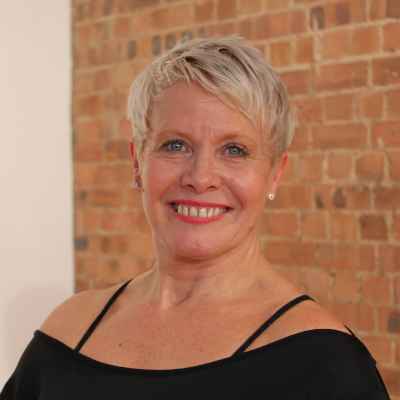Everything a Pilates teacher or fitness professional needs to know about osteoporosis can be learned in this introductory course. The majority of us already have osteoporotic clients in our regular sessions, so this training shows how to recognise their issues and adapt appropriately for them in a mixed group setting.
In over four hours of lectures, Cherry Baker gives you the most up-to-date research in an easily digestible fashion. There are also 13 practical sessions covering:
- warm-up and standing with bands
- all fours and kneeling
- supine and side lying
- prone
- 4x seated older adults
- 3x standing older adults
- backwards chaining and standing with Sheila Done-Wilkinson
- full Level 2/3 Pilates class
Also included is a full, professionally designed PowerPoint presentation you can use to deliver your own osteoporosis seminar!
Suggested Pre-requisite:
- CIMSPA: L3 Mat Pilates
Aims and objectives of course:
- Understand the meaning of the terms osteoporosis and osteopenia.
- Know the main causes of osteoporosis.
- Identify signs and symptoms of osteoporosis.
- Identify DEXA scan results.
- Identify any red flags associated with osteoporosis.
- Understand appropriate Pilates exercises and lifestyle changes that can help improve bone density.
- Understand which Pilates exercises may cause more harm or cause injury.
- Review the original 34 Pilates moves and appropriate adaptations or clients with osteoporosis.
- Understand the Pilates professionals’ scope of practice – who we can and can’t work with and why.
- Take away marketing and supporting materials to enable you to run seminars to inform and educate clients about bone health/osteoporosis, why Pilates is beneficial to help improve bone health and why adaptations need to be made.
Author Bio
-

Cherry Baker
Cherry Baker has been working in the field of fitness for more than 37 years. For the past 20 of these years, she has worked in rehabilitation, getting clients moving again. Cherry hopes to share her experiences from a fitness professional’s point of view. Many clients can’t afford one-to-one or to continue with physiotherapy once they start to recover, so this workshop will be useful, not only for one-to-one clients but in class situations when you can adapt or modify moves to suit a client’s recovery.

